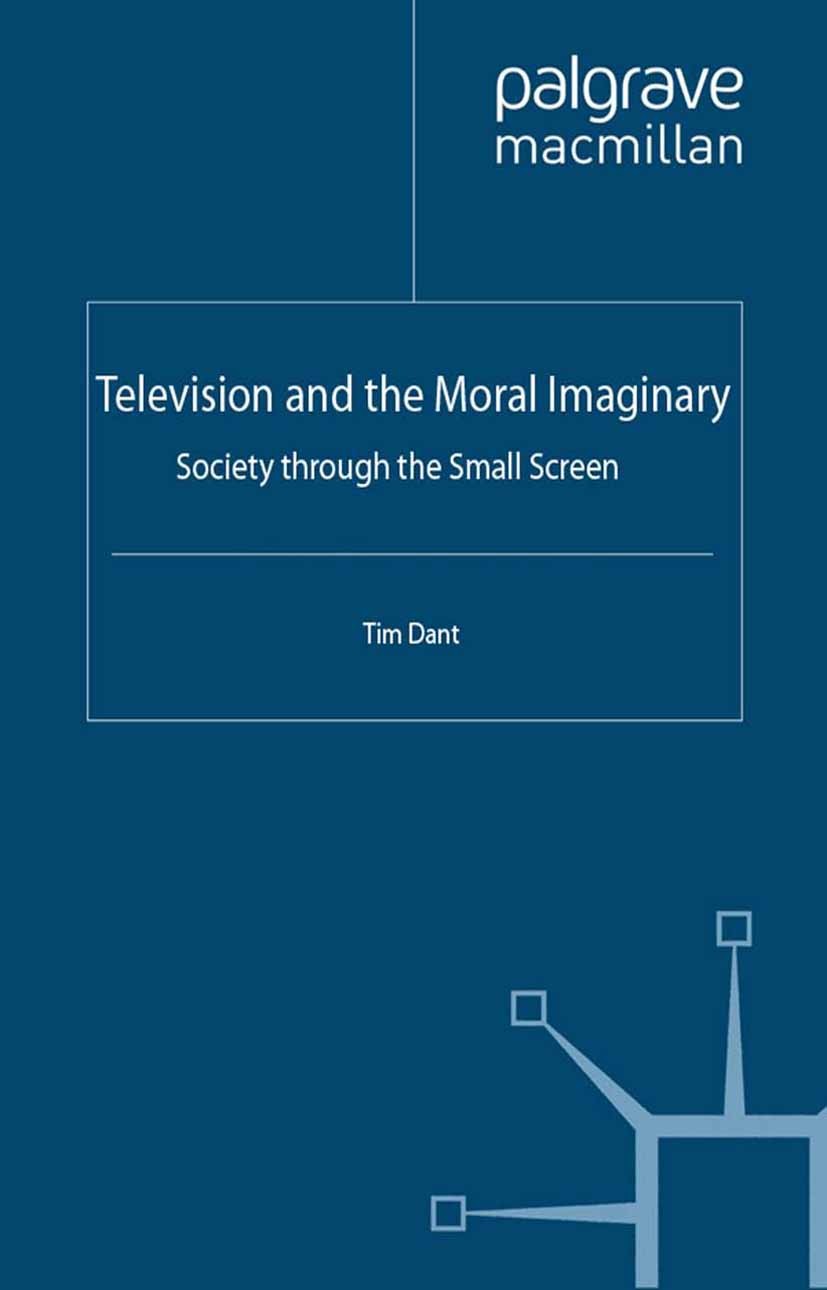| 书目名称 | Television and the Moral Imaginary | | 副标题 | Society through the | | 编辑 | Tim Dant | | 视频video | http://file.papertrans.cn/903/902876/902876.mp4 | | 图书封面 |  | | 描述 | Just how bad is television? Drawing on a range of theoretical sources including Husserl Lacan, Lefebvre, Sartre, Schutz and Adam Smith, this book takes a phenomenological approach to the small screen to offer an original sociological approach to television and its contribution to moral culture of late modern societies. | | 出版日期 | Book 2012 | | 关键词 | morality; sociology; television; media research | | 版次 | 1 | | doi | https://doi.org/10.1057/9781137035554 | | isbn_softcover | 978-1-349-31362-4 | | isbn_ebook | 978-1-137-03555-4 | | copyright | Palgrave Macmillan, a division of Macmillan Publishers Limited 2012 |
The information of publication is updating

|
|
 |Archiver|手机版|小黑屋|
派博传思国际
( 京公网安备110108008328)
GMT+8, 2025-11-16 01:11
|Archiver|手机版|小黑屋|
派博传思国际
( 京公网安备110108008328)
GMT+8, 2025-11-16 01:11


